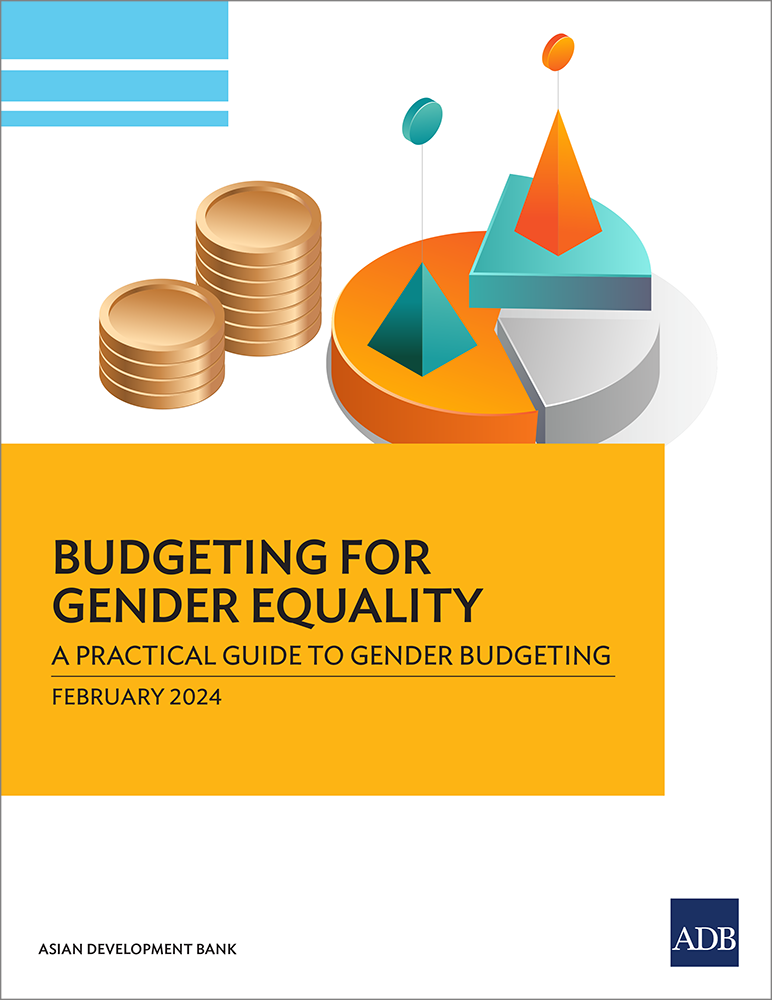Budgeting for Gender Equality: A Practical Guide to Gender Budgeting
This guide explains the underlying concepts, sets out the importance of using relevant data, and assesses the role gender budgeting can play in developing countries.
Asia and the Pacific has seen progress in reducing gender inequalities in the last 30 years. However, there are huge differences from country to country in the nature of these gains. In some developing countries, women and girls do not yet have equal access to primary and secondary education and appropriate health care, and have inadequate political voice.
Using gender budgeting to weave gender-related targets into fiscal policies and public financial management can reduce inequality and drive stronger and more stable economic growth in the region.
Designed as a practical guide, the guide explains the underlying concepts, sets out the importance of using relevant, gender disaggregated data, and assesses the role gender budgeting can play in developing countries. Outlining innovative implementation measures and cost–benefit analyses, it illustrates how ensuring women and girls have equal access to education, health care, and jobs can help cut poverty and drive inclusive development across the region.
Contents
- Introduction
- Trends in Gender Equality in Asia and the Pacific
- Integrating Gender into Economic Policy Analysis
- Fiscal Policies on Gender Budgeting
- Public Financial Management in Gender Budgeting
- Gender Budgeting Example: Increasing Access to Water Resources
- Country Experiences on Gender Budgeting
- Appendixes



